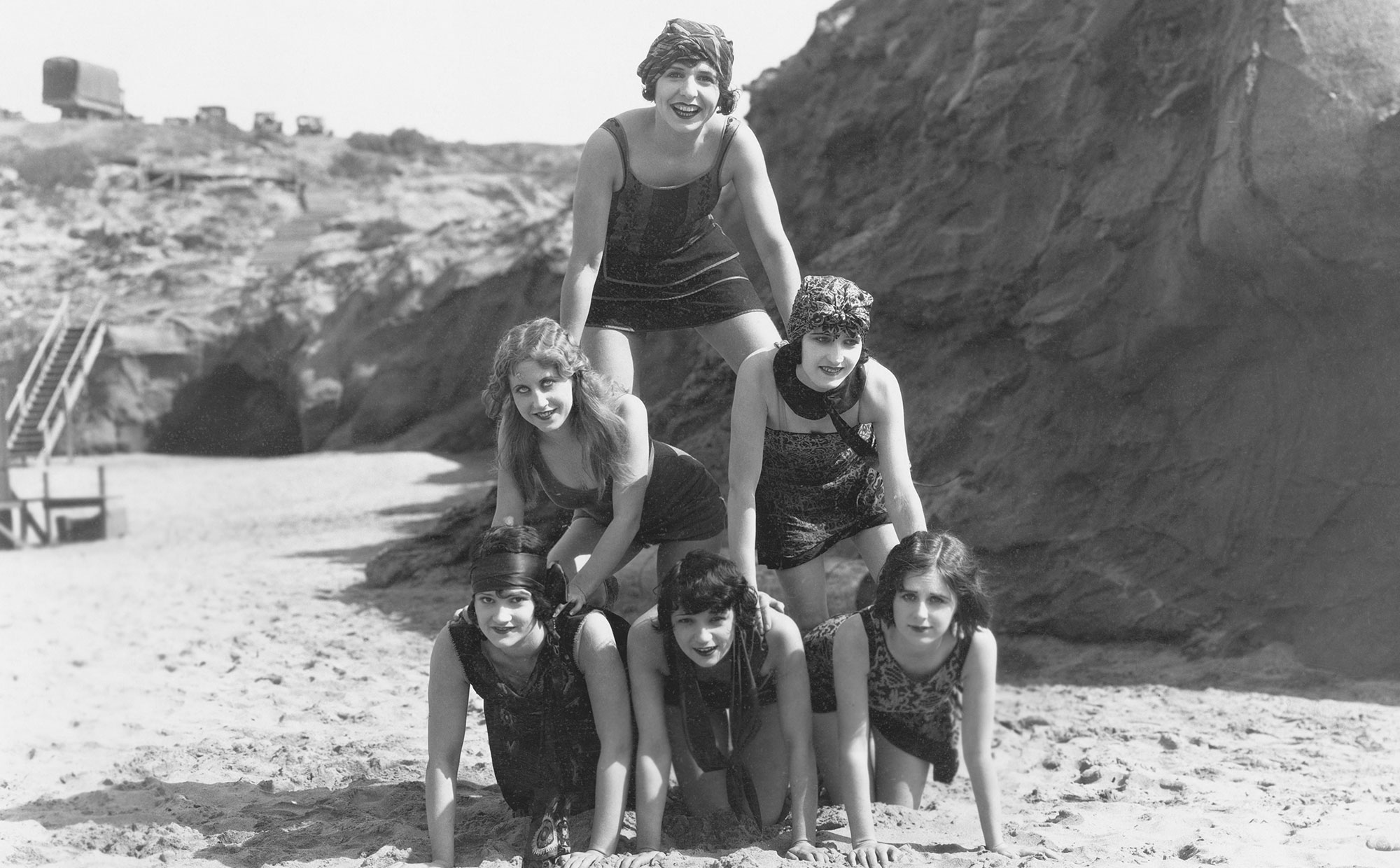*Superdream’s Creative Director Steve Price shares his thoughts on the 5 key components of a Creative department…*
Following on from (link: https://www.linkedin.com/pulse/benchmarks-steve-price text: another outpouring on another channel) about rules and guidelines for creative leaders and their teams, I had a think, and an online nose around, regarding the structure of a creative department and how it works in an agency set-up.
A successful Creative department should engender free thinking and innovation while trying its best not to annoy those who try to keep workflows ‘agile’ and collaboration ‘seamless’, among other buzzword bingo favourites.
To be clear, this is from an ideal standpoint and, if your experiences are anything like mine, standpoints are rarely ideal.
**One. The creative department hierarchy**
**Creative Director** – Leads the team. Respected, authoritative, not afraid to get his hands dirty. Ensures output is of the highest quality and that the team is harmonious.
**Senior Creatives** – Art directors, copywriters and designers. A layer of seniority to assist the Creative Director, if viable.
**Creative Teams** – A number of creative partnerships responsible for high-level conceptualisation, visually and narratively, across all channels.
**Designers** – Print and digital. A group of people that can take creative strategy and apply it to any number of applications across all outputs. A mixture of seasoned and junior team members.
**Artworkers** – While not under the creative department watch, access to artworkers in order to accurately realise print work is essential. Most designers can artwork their own projects and can help out here.
**Developers** – Again, not a part of the department per se but creatives need to be involved in the digital QA process to ensure quality and accuracy.
**Two: Access to the creative department**
Access to the department should always be via the Creative Director in the first instance or via a relevant member of the senior layer if the Creative Director is on manoeuvres. The creative department can and should be involved in client meetings when necessary but the deployment of this resource should be discussed with the Creative Director.
**Three: The creative process**
Process means nothing, if it stifles great work. It’s important to set and establish the rules and expectations for how work gets done, then the way it gets done. Here are some:
**a. Accept volatility.** Great creative work requires teamwork but there will always be friction and the path may not be linear. This can frustrate non-creatives, but it’s okay.
**b. Does it fit?** Is the project is right for the agency? If the answer is yes, scope it out immediately. Jobs generally fall under one of two categories. Larger “creative strategy” projects or more production-orientated “can we just do it” tasks.
**c. Define and cost.** A critical element. Assess resource – internal and external – how long it’s going to take and what we are charging.
**d. Work the brief.** Assess the client brief, rip it apart if needs be, then augment with internal observations, strategic and tactical thought. Read between the lines.
**e. Kickoff meeting.** Take all these learnings into a initial briefing meeting with the project team.
**f. The ideas bit.** Keep everyone in the loop. Avoid wrong turns and wild goose chases by getting ideas to MVP fast and share them – even with the client if necessary.
**g. The production bit.** Creatives mustn’t lose interest here. They have a key role to play in the production process. Part of what makes an agency special is attention to craft and detail. Sweat the detail.
**h. Amendments.** Amendments and more amendments. Ensure rounds of changes are pre-determined, then completed accurately and thoughtfully during the creative and production gestation periods. Clients can get carried away if they think it’s ‘all-you-can-eat’ and why wouldn’t they?
**i. Job done.** High fives, shots of bourbon, pizza. Whatever.
**Four: Efficient workflow**
Ideas can strike at any time, not just during office hours. A good agency will legislate for this. Creatives also need different scenarios to stimulate the brain. Don’t tie them to a desk. Allow them freedom, within reason, to do what is needed to make ideas happen. I said within reason!
Software is vital to efficient workflow these days. For maximum efficiency and ease of adoption, your software stack should be kept lean. I’ll leave the shopping list to you as there’s plenty more than one way of skinning this particular rabbit.
**Five: Working with external resource**
Photographers, video production houses, illustrators, extra development resource, most agencies need outside help. Identify the need as early on in the process as possible so the right people can be booked. Good people are generally busy so keep a big contact book. Those good people will fit into your processes seamlessly.
### There. It’s that easy some days!
